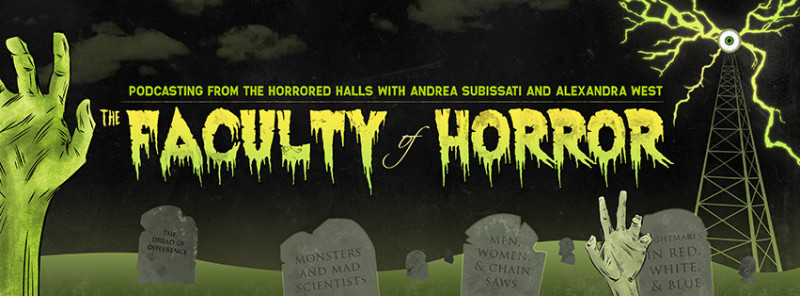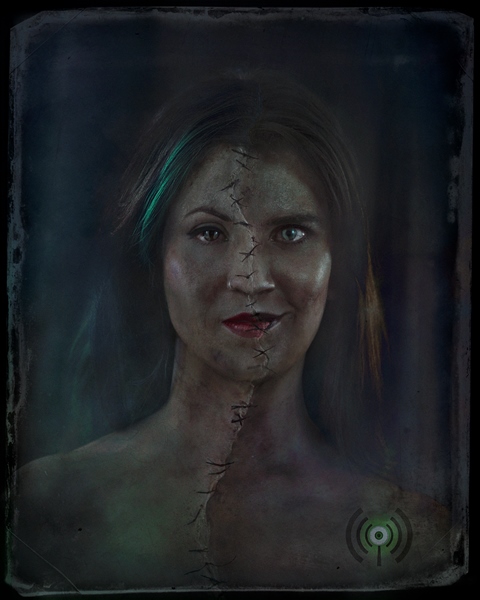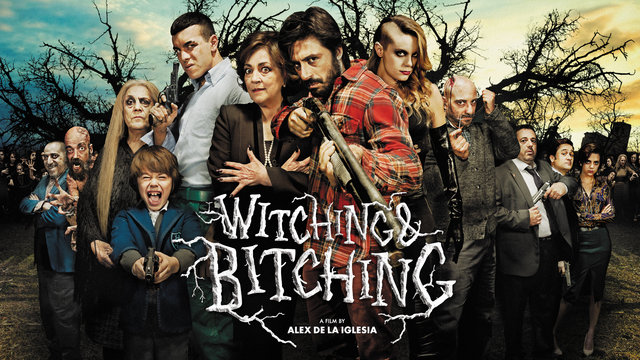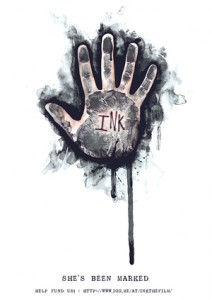Alex checked out TIFF’s Midnight Madness 2014 and caught a bad case of seasickness
REC 4: Apocalypse director Jaume Balagueró began his post TIFF screening Q and A with an answer to the question, why did you move away from the found footage format? Balagueró replied, because I wanted to give the audience something new. While many at the screening cheered at his answer I couldn’t help but feel a wave of disappointment wash over me.
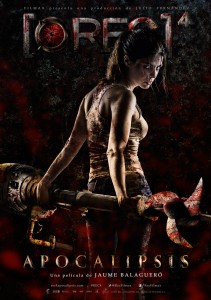
While many will crack jokes about the over usage of the found footage conceit in horror, the films still manage to do well. They still get theatrical releases and many more find distribution and fans through festivals, VOD and Netflix. It’s still a format that being mined for stories and most importantly, found footage horror is an economically feasible format for young filmmakers. When REC arrived on the horror scene in 2007 it garnered solid reviews and loyal fans. The sequel which continued with the found footage format takes place 20 minutes after the events of the first film. The first two films delved into the crisis of a viral zombie-like outbreak in an apartment building in Barcelona, Spain and imbued the story with commentary on the Catholic church as well as the use of control and propaganda during General Francisco Franco’s fascist rule which still permeates the Spanish cultural landscape.The found footage format lent itself beautifully to the story. By eschewing traditional narrative shooting techniques, co-directors Jaume Balagueró and Paco Plaza were able place the action in the hands of the terrified people inside the apartment building and delve into the notion of a government cover up, driving the stakes of the film through the roof and creating a reason for those trapped inside to just “keep filming”.
REC and REC 2 function as two of the best examples of found footage horror. Terrifying, visceral and intelligent they set a standard for horror fans. With the release of REC 3: Genesis two years ago, the formula shifted. This time found footage was only used for the opening sequences of the film which took place at a wedding. Ideologically REC 3 moves away from its predecessors in favor of gory humor. Some of it worked, but a lot of REC 3 was a lame attempt at a slickly violent horror comedy. The undercurrent of commentary was lost in favour of gratuitous shots of a woman in a wedding dress wielding a chainsaw which is nifty for about 30 seconds.
Initially I was quite excited for REC 4. Balagueró said that it would be the last in the series and that Angela (Manuela Velasco) the hero/villain of the first two films would be returning. REC 4 takes on an Aliens tone with the entrapment of the characters on a boat, surrounded by the military and no one coming to get them. Angela wakes up on what she is told is a quarantine ship after the events of the second film. She and the other survivors, two SWAT team members that got her out of the apartment building and an elderly woman who is the sole survivor of the wedding in REC 3, wait to be released from the ship. Waiting around on the ship doesn’t work out when a test subject of the virus is released on the ship by someone or something. The survivors band together as the virus sweeps through the crew members.
The unfortunate thing about REC 4 is nearly the entire mythology is dropped. While the villains of the film are clearly the evil scientists who are doing evil experiments on evil test subjects, there is no searching or questioning why they are doing it and who sanctioned this. While the fear of the characters in the first two films is palpable when they are trapped in an apartment building with the government shooting at them if they attempt to leave, REC 4 is simply content to have its characters abandoned at sea with little to no reference to the outside world. There are no cultural or societal stakes in this film, once the first crew member is infected it simply becomes a matter of the main characters getting good at running away from things.
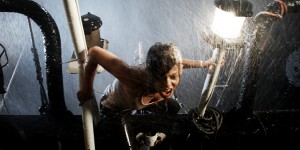
“No! Plot! I’m looking for plot!”
While I initially thought REC and REC 2 co-director Paco Plaza’s REC 3 was the faltering point of the series, that dubious honour can now be passed on to Balagueró REC 4. As is the case with many film series’ REC offered diminishing financial returns. While the first film made over 30 million dollars worldwide, REC 2 made 27 million. After initially seeing REC 3 at the Toronto After Dark festival, I heard very little about it and it wound up making a disappointing 10 million worldwide. The fading returns of the series are present in REC 4. The production quality ranges from awful to God-awful with manic editing in an attempt to cover up logic and plot holes within in the film.
REC 4: Apocalypse is a mess of a film with none of the viciousness or inventiveness of the original. It’s as dull and flat as many other hastily produced zombie/demonic possession film that shuffle their way onto VOD or Netflix. By attempting to conform REC’s DNA to a more typical plot and method of storytelling, Balagueró managed to turn in film that is only memorable because of how disappointing it is.

